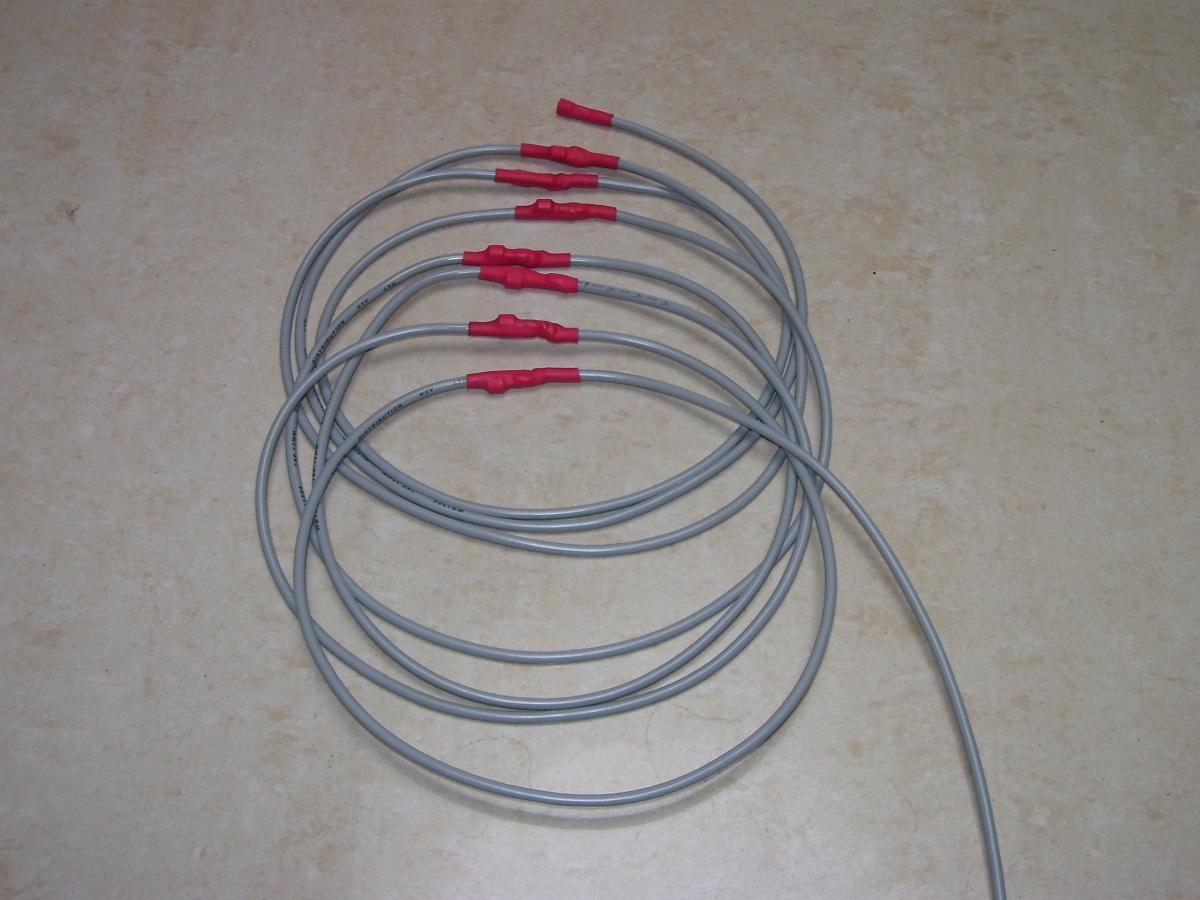In the latest PDF I have (3.2.13), I just noticed something that irked me, and there are enough of them in the doco that I thought it might be worth starting a thread for them.
Example 6.4.1, the description states that "if temperature is less than 37 degree" yet the code will turn on the output for "less than or equal to". Similarly, it says "greater or equal to 39 degree" yet the code achieves this by the non-intuitive process of testing for "greater than 38.9". I know these are small points, but there are a lot of users who look at the examples and get even more confused! Consistency and accuracy in the documentation has to be a good thing, right?!
Next, you go on to say that the code, as presented, wouldn't work - and why - and I have no argument with that, but what I do have to ask is.... (and I keep comming back to this) - WHY OH WHY do you have this total fetish with using subroutines?!
is FAR less readable than
And in order to make the code ACTUALLY do what the text SAYS (that is, temperature on if LESS than 37C, and off if greater than or equal to 39), it should actually be:
Example 6.4.1, the description states that "if temperature is less than 37 degree" yet the code will turn on the output for "less than or equal to". Similarly, it says "greater or equal to 39 degree" yet the code achieves this by the non-intuitive process of testing for "greater than 38.9". I know these are small points, but there are a lot of users who look at the examples and get even more confused! Consistency and accuracy in the documentation has to be a good thing, right?!
Next, you go on to say that the code, as presented, wouldn't work - and why - and I have no argument with that, but what I do have to ask is.... (and I keep comming back to this) - WHY OH WHY do you have this total fetish with using subroutines?!
Code:
START
TSTLE T3 370
CALLSUB HEAT_ON
TSTGT T3 389
CALLSUB HEAT_OFF
END
HEAT_ON:
SET OP1 1
RET
HEAT_OFF:
SET OP1 0
RETis FAR less readable than
Code:
START
TSTLE T3 370
SET OP1 1
TSTGT T3 389
SET OP1 0
ENDAnd in order to make the code ACTUALLY do what the text SAYS (that is, temperature on if LESS than 37C, and off if greater than or equal to 39), it should actually be:
Code:
START
TSTLT T3 370
SET OP1 1
TSTGE T3 390
SET OP1 0
END
